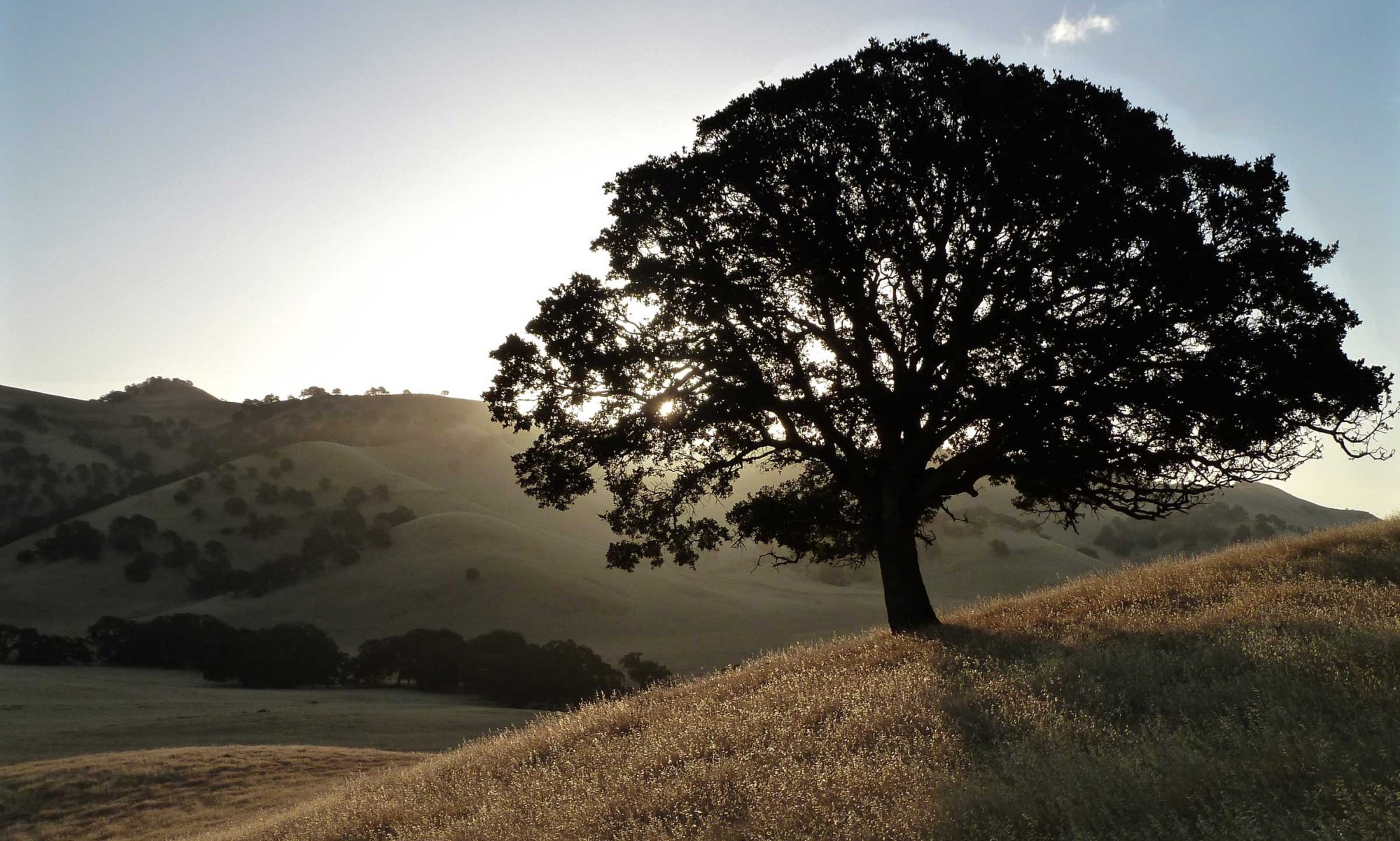Original Release Date: 1979
Current Artist Web Site: http://williamackerman.com/
Review
“Childhood and Memory” is William Ackerman’s third album and the sixth release on Windham Hill records. It is also his last primarily solo album until 2004’s “Returning,” and so has a special place in many listeners’ hearts. Of course, Ackerman duets with himself on banjo, and Dave Ross’ flute graces “Anne’s Song” in such a lovely way, that just as many must be pleased to consider this the first Ackerman album that includes a duet.
Here, the jangly folk influences are receding into Ackerman’s developing style (“Seattle” being a very pleasant exception) and a more contemplative mood comes forward. Where “The Search for the Turtle’s Navel” could never be called depressing, songs like “Sunday Rain” demand a deeply emotional response. Whether that response is tender nostalgia or or morbid depression probably says more about the listener than the performance. Regardless, it’s clear that by the time he recorded “Childhood and Memory” Ackerman had laid fundamental direction the artistic path he is still following today.
Track Listing, Credits and Tunings link after the videos:
Track Listing:
SIDE ONE
- THE WALL AND THE WIND (3:33) 1978
- THE VELVET GENTLEMAN (3:23) 1975
- ANNE’S SONG (3:42) 1977
- CHILDHOOD AND MEMORY (5:44) 1977
- SUNDAY RAIN (3:31) 1979
SIDE TWO:
- SEATTLE (3:30) 1978
- THREE HESITANT THEMES (5:33) 1973
- MURRAY’S SONG (3:15) 1975
- GIDEON (1:42) 1979
- BODIE (4:37) 1978
Credits
Produced by William Ackerman. Recorded and mixed by Harn Soper at THE MUSIC ANNEX, Menlo Park, CA. Originally mastered by Stan Ricker. Pressings by Record Technology, Inc. Camarillo, CA. Graphic design by Cheryl. Cover photo by Richard Pinkerton/ANTHELION. Liner photo by Steve Schoff. All compositions by William Ackerman. All Selections Windham Hill Music, BMI. Manufactured by Windham Hill Records, Box 9388 Stanford, CA 94305. © (p) Windham Hill Records 1979.
All guitar and banjo performed by William Ackerman. The flute on Anne’s Song performed by Dave Ross. The banjo used in SUNDAY RAIN and GIDEON provided by Dana Morgan Music, Palo Alto, CA. These recordings were made in January 1979 using two AKG 451 microphones through an AMEK 2000 board on a TEAC 80-8 deck, and mixed on an AMPEX 440 two-track deck. UREI limiters were used in recording, and EMT 240 reverberation and dbx noise reduction were used in mixing.
Tunings
Ackerman generously makes tunings for all of his songs available on his web site.
Research Notes
AKG 451 Mic information from barryrudolph.com: Made from the late ’60s through the mid-’80s, the original AKG C-451 C Condenser Modular System (CMS Series) was a best-selling “chameleon” of a mic. It was designed to be adaptable to nearly any purpose; it could be outfitted with any of a whole system of modular components –such as screw-on capsule attenuator pads, extension tubes and swivels — that greatly increased its versatility. The original mic used the N-46E dual-AC power supply that supplied 12-volt phantom power and had a two-position, bass roll-off filter switch. As I found out by accident in my distant past as a second engineer, the mic would accept up to 52-volt phantom powering without smoking. The original, externally biased CK-1 capsule had an extremely low mass, making the mic insensitive to handling noise making it a favorite for handheld radio and TV use.
Dana Morgan Music was on Bryant Street in Palo Alto. It appears in several web biographies of the Grateful Dead, and in http://www.paloaltohistory.com/gratefuldead.html. Jerry Garcia taught guitar there in the 1960’s – and the Grateful Dead (then the Warlocks) would practice there. It was closed in the early 80’s.


Thanks, johnnydark. That’s about the nicest review I’ve ever gotten.
Thanks, Dave. If you have any comments on recording this or working with Will, I’d love to hear them.
Most of my work with Will was on remodeling projects. He and I and his cousin Alex (De Grassi) worked on a bunch of houses in the Palo Alto/Menlo Park/Portola Valley area, around the time he started recording his music. At the end of the work day, we would stop by the PO box (on the Stanford campus) to see if anyone had mailed in an order and $5 for Turtle’s Navel. Most days there would be one or two, so we would go back to his loft (above a garage in a nice part of Palo Alto), put a record in a cardboard mailer and drop it at the PO the next day.. My recollection is that it took around six months to sell the first pressing of 500 albums, and we celebrated by ordering another 500. In those days most local musicians worked in construction at one point.